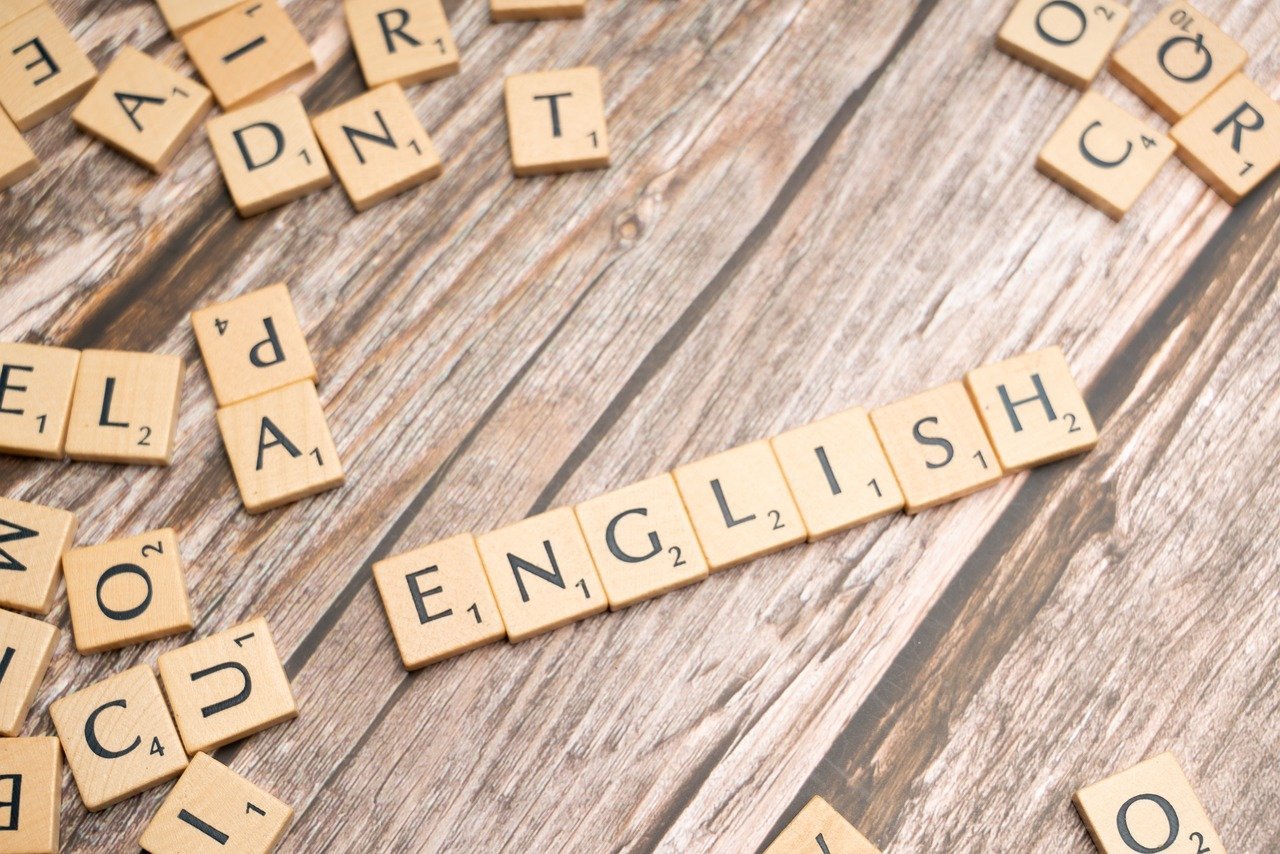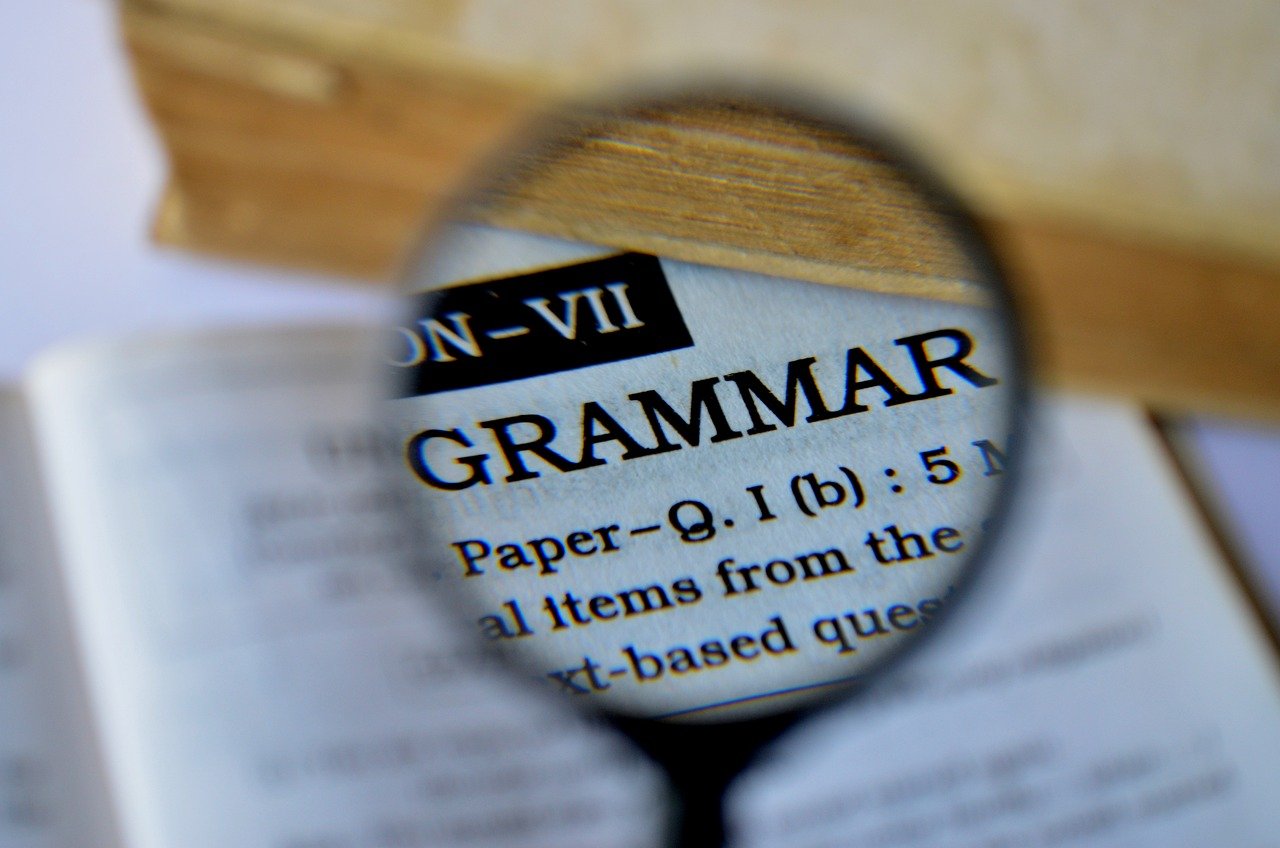Understanding Your Audience In the realm of professional communication, grasping the nuances of your audience is essential before composing an …

Commas may be small, but they carry a big responsibility in writing. Incorrect comma usage can change the meaning of a sentence or make it hard to read. Knowing the right comma rules is essential for clear communication, whether you're writing an email, an essay, or a blog post.This guide will break down the most important comma rules, explain how to use commas correctly, and provide examples to make your writing sharper and more professional.
Why Are Comma Rules Important?
Commas are used to separate ideas, clarify meaning, and improve sentence flow. Without them, your writing may appear confusing or unclear. Consider these examples:
By following proper comma rules, you can avoid such awkward misunderstandings.
Commas are used to separate three or more items in a series:
The comma before the final "and" is called the Oxford comma. While it’s optional in some cases, using it can prevent confusion.
When joining two independent clauses with a coordinating conjunction (for, and, nor, but, or, yet, so), use a comma before the conjunction:
When a sentence begins with an introductory element, add a comma after it:
Introductory phrases or clauses provide context but are not complete sentences by themselves.
If a phrase or clause adds extra information that isn’t critical to the sentence’s meaning, use commas to separate it:
If the information is essential, don’t use commas:
When two or more adjectives equally describe a noun, use a comma between them:
If the adjectives don’t equally describe the noun, skip the comma:
Commas help organize dates, addresses, and numbers for clarity:
When addressing someone directly, place a comma before their name or title:
Introduce direct quotes with a comma:
While knowing the rules is important, it’s equally crucial to avoid common errors:
If you struggle with comma rules, there are several tools and techniques to help you:
Practice and Review
Write sentences following each of the rules mentioned above. Reviewing examples is a great way to internalize proper usage.
Grammar Tools
AI-powered grammar tools like Grammarly, ProWritingAid, and Comma Checker can identify punctuation mistakes and suggest corrections.
Read and Learn
Pay attention to how commas are used in books, articles, and professional writing. The more you read, the more familiar you’ll become with proper punctuation.
AI-powered tools have become indispensable for mastering comma rules. They analyze text in real-time, flagging errors and providing explanations to help users learn. With advances in natural language processing, these tools are becoming increasingly accurate, making it easier for writers of all levels to perfect their punctuation.
For example, AI tools can detect subtle errors like missing commas in compound sentences or misused commas in direct address. They also provide context-based suggestions, ensuring that the corrections are appropriate for the tone and purpose of the text.
Mastering comma rules is an essential step toward becoming a better writer. By understanding when and how to use commas, you can improve the clarity and flow of your writing. Whether you’re a student, professional, or casual writer, proper punctuation makes a big difference in how your message is received.
For additional support, turn to AI-powered grammar tools, which can serve as your personal writing assistant. With consistent practice and the right tools, you’ll be a punctuation pro in no time!

Understanding Your Audience In the realm of professional communication, grasping the nuances of your audience is essential before composing an …

Understanding the Importance of Communication at Work Effective communication is pivotal in any professional setting, as it serves as the …

Understanding Comma Usage Commas serve a crucial function in written language, significantly influencing the clarity and readability of sentences. …

Introduction to Comma Generators Comma generators are online tools designed to assist writers in the accurate placement of commas within their …

Introduction to Grammar Checking Grammar checking plays a pivotal role in the realm of writing, serving as a crucial mechanism to enhance the …

Introduction to Online Grammar Games In the age of digital learning, online grammar games have emerged as an innovative tool to enhance language …

Understanding the Basics of Commas in Dates The use of commas in dates is a fundamental aspect of proper punctuation that significantly enhances …

The Role of Commas in Sentences Commas are essential punctuation marks that play a critical role in establishing clarity and coherence within …
This website uses cookies to ensure you get the best experience on our website.
